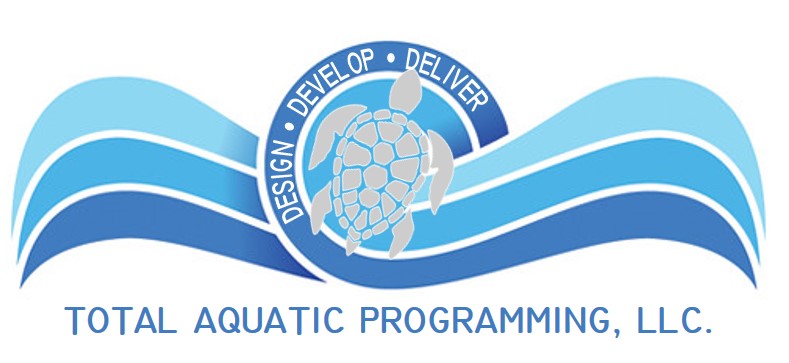In many parts of the country, it’s almost time to open your backyard pool or spa for the season. While a backyard pool can be a source of great fun for friends and family, it comes with an enormous sense of responsibility. Regardless of the type of backyard pool or spa you have — inground, above ground, or a kiddie pool — as a pool owner, you have an obligation to ensure your backyard pool is safe.
According to the 2022 U.S. Consumer Product Safety Commission report, 389 pool- or hot tub-related drowning deaths involving children under 15 were reported yearly from 2017 to 2019. In addition, on average, kids under 5 represented 80% of youngsters treated in U.S. emergency departments for pool- or hot tub-related nonfatal injuries. When information was available, 73% of those incidents happened at home, and two-thirds of fatal pool or spa drownings occurred at home.
Although your backyard pool or spa has some inherent dangers, there are things you can do to minimize the risk of drowning or water-related tragedy. Continue reading to learn about the various safety hazards associated with backyard pools and tips to ensure your backyard pool or spa is safe.
1. Install Barriers
One of the most effective ways to prevent drowning accidents in your pool or spa is to construct and maintain barriers. An effective barrier should prevent a child from going over, under, or through the barrier to access the pool unsupervised. Several barriers can help limit drownings.
Fencing
Building codes require a fence around pools and spas in many areas to prevent unsupervised access. You can choose from several types of fencing, including wood, metal, or plastic, but all must meet local safety requirements. Consider surrounding the pool with a fence on all four sides rather than using the house as a fourth barrier.
The American Academy of Pediatrics (AAP) recommends a fence at least four feet tall with self-closing and self-latching gates. The fence should also be designed without handholds or footholds so young children can’t scale or climb over it. Check to make sure all pool gates are self-latching and locked.
Pool or Spa Covers
Pool and spa covers are designed to keep debris, leaves, and rainwater out of your pool or spa when not in use. They can also help prevent drownings by covering the water and making it difficult for young children or pets to fall in accidentally.
There are several types of pool covers, including solid covers and mesh covers. Power covers that automatically close over the pool are the most secure options. Keep the control device out of the reach of children. Mesh covers are less secure but still provide a barrier and can also help reduce evaporation.
Locks and Gates
Ensure all gates leading to the pool are self-closing, self-latching, and locked. Additionally, place self-closing and self-latching devices and locks high enough so children can’t reach them.
Alarms
Installing alarms is another way to create a barrier to ensure your pool is safe. Place alarms on all doors leading to your pool and an underwater alarm that will alert you whenever anyone enters the pool. Use alarms that sound distinctive from other alarms in your home and remote alarm speakers so you can hear the alarm from inside the house.
2. Invest in Safety Equipment
Having readily available safety equipment is essential for pool and spa safety. Equipment can include life jackets and a shepherd’s hook to help you reach someone who has fallen into the water. Also, make sure a fully-charged phone is nearby so you can call for help.
3. Learn CPR
Knowing CPR can be the difference between life and death. Consider taking a CPR class, and make sure that everyone who may be around your pool or spa knows how to perform CPR.
4. Supervise Children and Non-Swimmers
Supervise all young children and non-swimmers when they are in or around the pool or spa. Adequate supervision for young children means always being within arm’s reach and having eyes on them at all times.
If you have non-swimmers in your household or visiting your pool, insist they always wear life jackets when in or near the water. You should also discourage running and diving in shallow areas.
5. Keep the Deck and Area Around Your Pool or Spa Clean and Dry
A clean and dry deck and surrounding area can help prevent slip-and-fall accidents. Clean up any water splashed out of the pool or spa, and ensure the deck is free of slippery substances, such as soap or algae.
6. Install Safety Drain Covers
Anti-entrapment safety drain covers are rounded drain covers that protect people from the powerful suction of some drains, which can trap children and adults. If your pool or spa has a flat drain cover, it’s unsafe.
7. Empty Kiddie Pools Each Day
If you have a kiddie pool in your yard, it should be drained and put away daily. That will ensure that young children don’t accidentally fall into the pool or climb in without your knowledge.
In addition to the tips mentioned, instituting pool rules is always a good idea. Consider posting them, so they’re accessible to anyone in your pool. Your list of rules should start with the following:
● Don’t go near the pool or water without an adult
● No diving
● No running
● No pushing
Everyone Can Help Prevent Drowning
Backyard pools and spas can be a wonderful source of fun and relaxation, but you must take precautions to ensure everyone is safe. Together we can end the heartache of losing a loved one due to drowning. Take our Water Safety Challenge to measure your family’s water safety competence, and help us provide water safety outreach to schools and community groups to keep everyone safe.



